Roof Blisters • Causes & Consequences of Roof Blistering
By Jack Gray, Roof Online Editor • Updated September 22, 2022
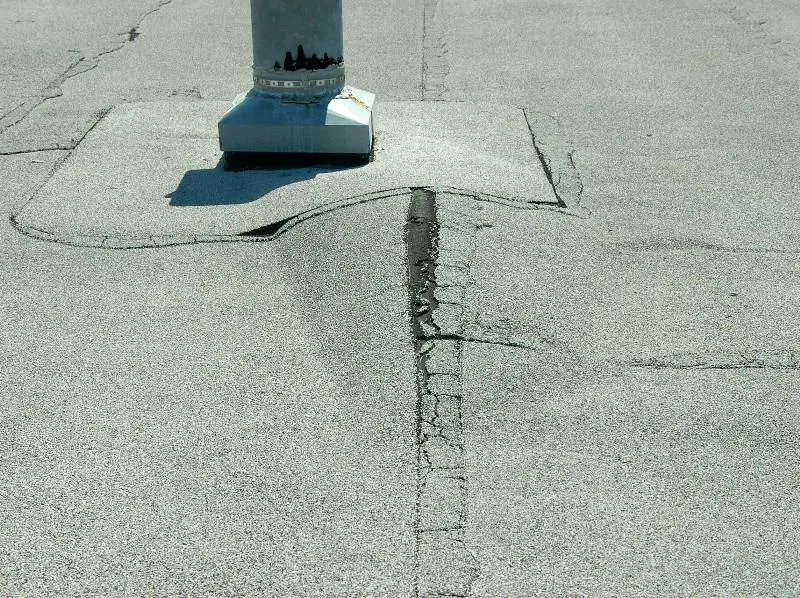
Table of Contents
- What are Roof Blisters?
- Effect of Roof Blisters on Roof Lifespan
- Rain During Roof Installation Causes Blisters
- Blisters in Asphalt Shingles
- Blisters in Built-Up Roofs
- Blisters in Modified Bitumen Roofs
- Related Articles
- External Sources & References for Information about Roof Blisters
What are Roof Blisters?
A roof blister is a pocket of air trapped between the plies of a built-up or modified bitumen roof membrane. In asphalt shingles, blisters usually contain asphalt volatile gas formed by overheating the asphalt in the shingle.
Flat roof blisters typically start as lamination voids within the system and grow larger over time due to continuous cycles of thermal expansion and contraction of the water vapor and other gasses inside the blister.
Roof blisters will sometimes fill with water without causing noticeable roof leaks. This can be a serious issue if the blister is not repaired before the weather turns cold enough to cause the water in the blister to freeze and expand, splitting the roof membrane.
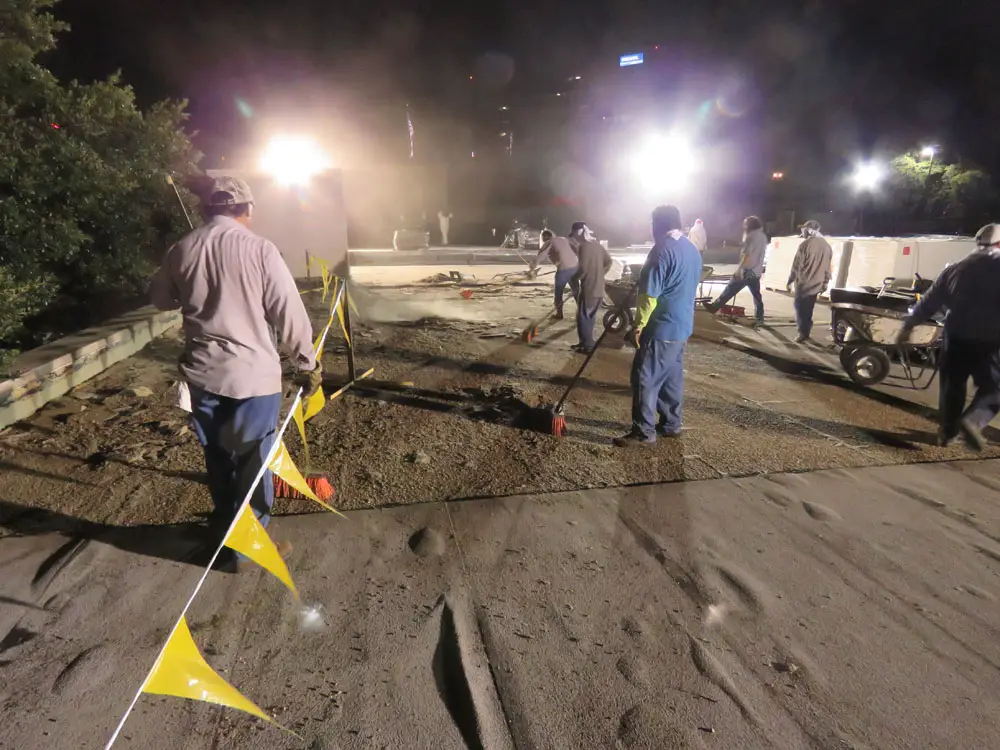
Effect of Roof Blisters on Roof Lifespan
Blisters tend to shorten the life of a roof. By stretching the surface of the roofing material, they lead to the loss of a roof’s protective granules or gravel surfacing at the blister location, which results in accelerated UV damage to the membrane or shingle. They cause protective roof coatings to crack, delaminate, and fall off.
A roof blister in a flat (low-slope) roof system will not necessarily compromise the integrity of the roof. If the protective roof surfacing over a blister remains intact (which does sometimes happen) and the roof blister does not grow large enough to compromise roof seams, laps, or flashings, the blister can be harmless.
Roof blisters have been known in some cases to occur within a roof system and be present for almost the entire life of the roof without causing a leak.
Unless a blister is the source of an active roof leak, the roofing manufacturer will not normally pay for it to be repaired under the roof warranty. The roofing contractor won’t repair it under his workmanship guarantee, either.
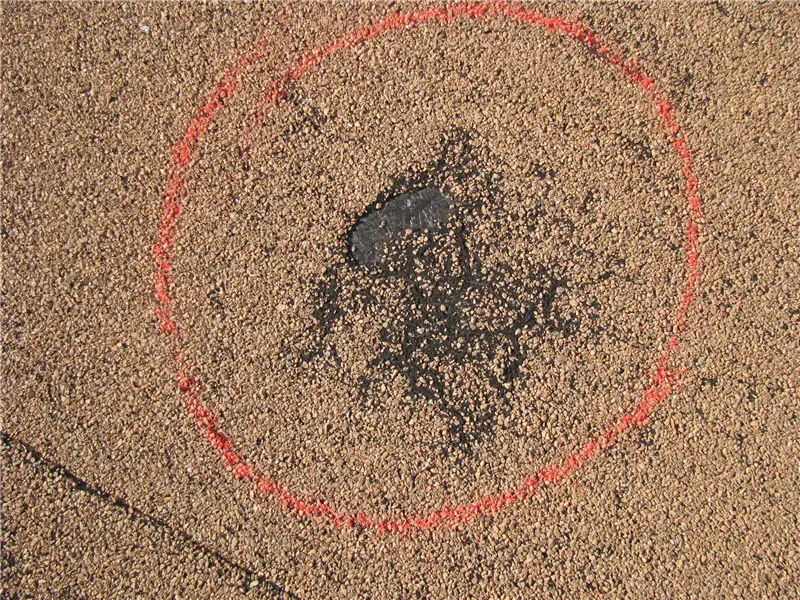
Rain During Roof Installation Causes Blisters
One very common cause of roof blistering is the installation of roofing materials while it’s raining. Even though this is forbidden by all roofing industry best practice standards, some contractors will try to maximize their rate of production by cutting it close on a day with rain in the forecast.
By waiting right until the first drops of rain start to fall before stopping, they end up with a few raindrops trapped in the system. Every trapped raindrop has the potential to turn into a roof blister. This is why you will often see blisters concentrated in one area of a roof. They got caught by the rain that day.
Blisters in Asphalt Shingles
Roof blisters in flat roof membranes are typically the result of workmanship errors during installation. This is not normally the case with asphalt shingles. Almost all blistering in asphalt shingles today is caused by improper ventilation of the roof assembly.
Poor ventilation below the roof causes the roof deck to overheat, which prevents the shingles from releasing the heat they absorb from the sun. Once the asphalt in the shingles reaches a critical temperature, the asphalt begins to release small amounts of gas. These gasses are trapped within the shingle, forming the blister.
Before modern manufacturing processes, when roofing asphalt was mixed in the factory by hand, poor quality control during production often led to roof blisters later.
Imbalances in the asphalt mix allowed gasses to form within the shingles even under normal temperatures in properly ventilated roofs. Damp reinforcement mats could trap moisture within the shingle and the moisture would expand in the heat once the shingles were installed on the roof.
This isn’t the case today. Shingle manufacturing is now a finely-tuned automated process. However, asphalt shingles are still designed only to perform under expected normal temperatures, and warranties won’t cover temperatures that exceed these.
Although they are very unlikely to cause roof leaks, blisters in asphalt shingles are unsightly and will likely shorten the overall life of the roof.
This is because the loss of granules exposes the asphalt to UV rays from the sun. UV rays break down the long hydrocarbon chains that make up asphalt. When these chains are broken, the asphalt quickly wears away. This can eventually expose the reinforcement mat in the shingle, which will absorb water, further compromising the shingle.
When roof blisters are reported, the roofing manufacturer will usually insist that there are no manufacturing defects in the product. Unless the homeowner can prove that the roof is perfectly ventilated, the issue will not be covered under the manufacturer’s warranty.
Blisters in Built-Up Roofs
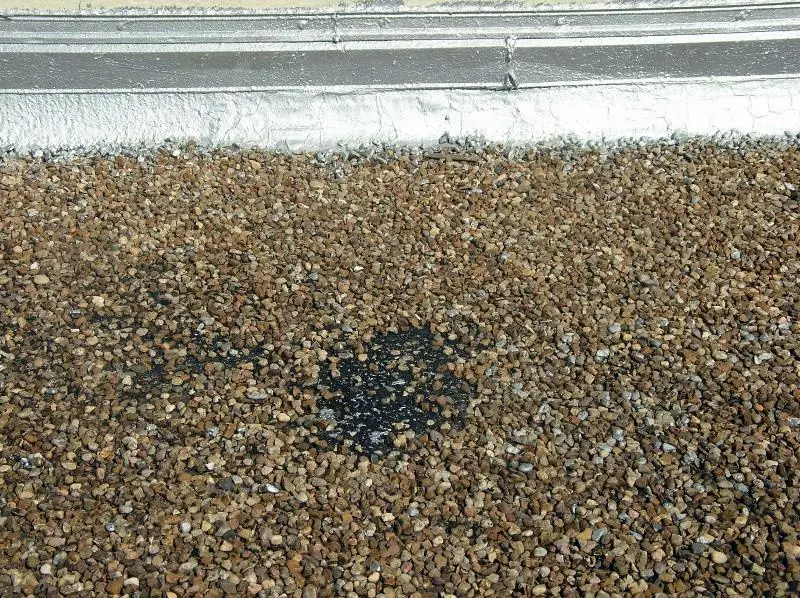
In built-up roof systems, blisters can form if the hot bitumen is too cool when it’s applied, if the roofers walk on the newly-installed felts, if the felts are installed with wrinkles, or if the roofers fail to broom and smooth the felts after placing them in the asphalt or coal tar pitch.
It’s very common to see a few blisters in a built-up roof. The number will increase as time goes by, and it’s a fairly normal part of the aging process. They are not usually a cause for concern. They will probably never lead to a roof leak before the roof itself reaches the end of its design life and needs to be replaced.
But they should never be stepped on. You don’t want to pop them. That would put an actual hole in your roof membrane.
If a large number of blisters appear within a year of installation, however, you probably have a good claim against the contractor’s workmanship guarantee. You should ask a roof consultant to take a look and prepare a report.
Blisters in Modified Bitumen Roofs
Some modified bitumen roof systems are installed in a layer of hot liquid asphalt. The asphalt is heated on-site in a kettle and applied to the roof with mops just like in built-up roofing. This is a common installation technique, it’s quick and cheap, and we don’t like it precisely because of how often we see widespread blistering develop in these roofs.
There are two main types of modified bitumen roofing, SBS-modified and APP-modified. Only the SBS-modified bitumen can be hot-mopped. The APP-modified bitumen will not melt and bond reliably when hot-mopped. Use of APP-modified bitumen with the hot-mop application method by careless contractors will almost certainly result in unbonded areas within the roof system. This means roof blisters.
Another issue, even with SBS-modified bitumen, is that the roofers are often unable to get the modified bitumen rolls set into the hot asphalt before the hot asphalt cools too much to be able to melt the asphalt in the modified bitumen roll. Then the asphalt in the modified sheet doesn’t bond properly with the hot-mopped asphalt from the kettle, and you end up with voids in the system.
Again, this means roof blisters. In fact, if this is an ongoing issue during the installation, it can lead to an extremely large number of blisters forming throughout the roof soon after installation.
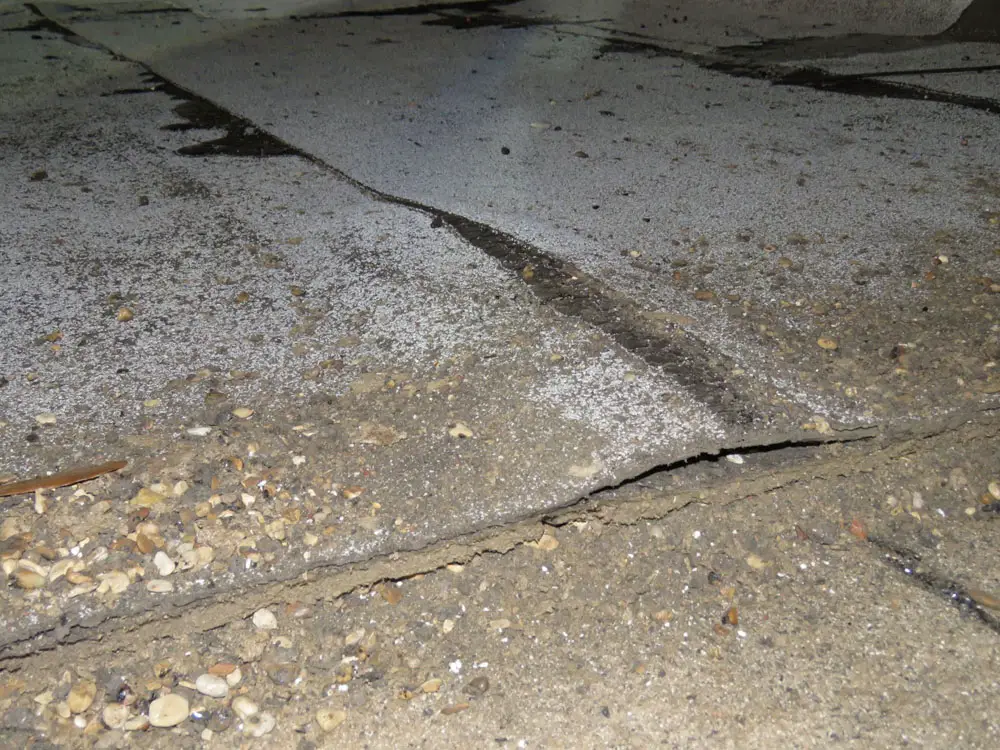
Torch-applied systems do better, but occasionally you’ll see long (10 – 30 feet) blisters along a single roll of mod-bit. These blisters are due to a problem with one of the torch heads on the torch wagon during installation.
Say you have five torch heads melting the asphalt on the bottom of a roll of modified bitumen as it’s being rolled into place. If one of them is partially clogged and not putting out enough heat, you end up with a strip of unmelted asphalt with no bond between the roof plies there.
If the blisters in a modified bitumen roof do not cross the laps between the rolls (see the picture at the top of the page), manufacturers will say that the blisters are not an issue, that they do not compromise the integrity of the roof, and will not normally repair them under their warranty.
About the Author
Jack Gray is a principal roof consultant and vice president at the Moriarty Corporation, an award-winning building enclosure consultant firm founded in 1967. He is also the editor of the Roof Online website.

Mr. Gray has worked in the roofing industry for over 25 years, with training and practical experience in roof installation, roof inspection, roof safety, roof condition assessment, construction estimating, roof design & specification, quality assurance, roof maintenance & repair, and roof asset management.
He was awarded the Registered Roof Observer (RRO) professional credential in 2009.
He also served as an infantry paratrooper in the 82nd Airborne Division and has a B.A. from Cornell University. Read full bio.
Related Articles
- Asphalt (Hot) Roofing
- Asphalt Shingle Roofing
- Best Roof Cement Guide • Top 5 Roof Cement Products
- Best Roof Repair Tape • Top 5 Roof Sealant Tapes
- Modified Bitumen Roofing
- Roof Inspections
External Sources & References for Information about Roof Blisters
1. General: A good short article on roof blisters, “Blisters: Repair or Re-Cover?” by roof expert Dick Fricklas, is archived on the Buildings.com website. The article is from 2015.
2. Built-up Roofs: “Blistering in Built-up Roofs” can be seen on the Canadian Roofing Contractors Association website.
3. Built-up Roofs: “Ways to Reduce Blistering in Built-Up Roofs” is a short, informative article available at the National Research Council Canada website. It includes a good explanation of how blisters form in built-up roofs.
4. Modified Bitumen: “Blistering in SBS Polymer Modified Bituminous Roofs” is a terrific article, also available on the National Research Council Canada website.
5. Modified Bitumen: “Investigating the Cause of Blistering in SBS Polymer Modified-Bitumen Roofing Membranes” is heavy on technical detail and explanation of methodology; scroll to the end for the conclusions if you’re short on time. Also available on the National Research Council Canada website.
6. Spray Polyurethane Foam: “Spray Polyurethane Foam Blisters – Their Causes, Types, Prevention and Repair” is a concise, authoritative article produced by the Spray Polyurethane Foam Alliance and available on the website of Polysource Industries.